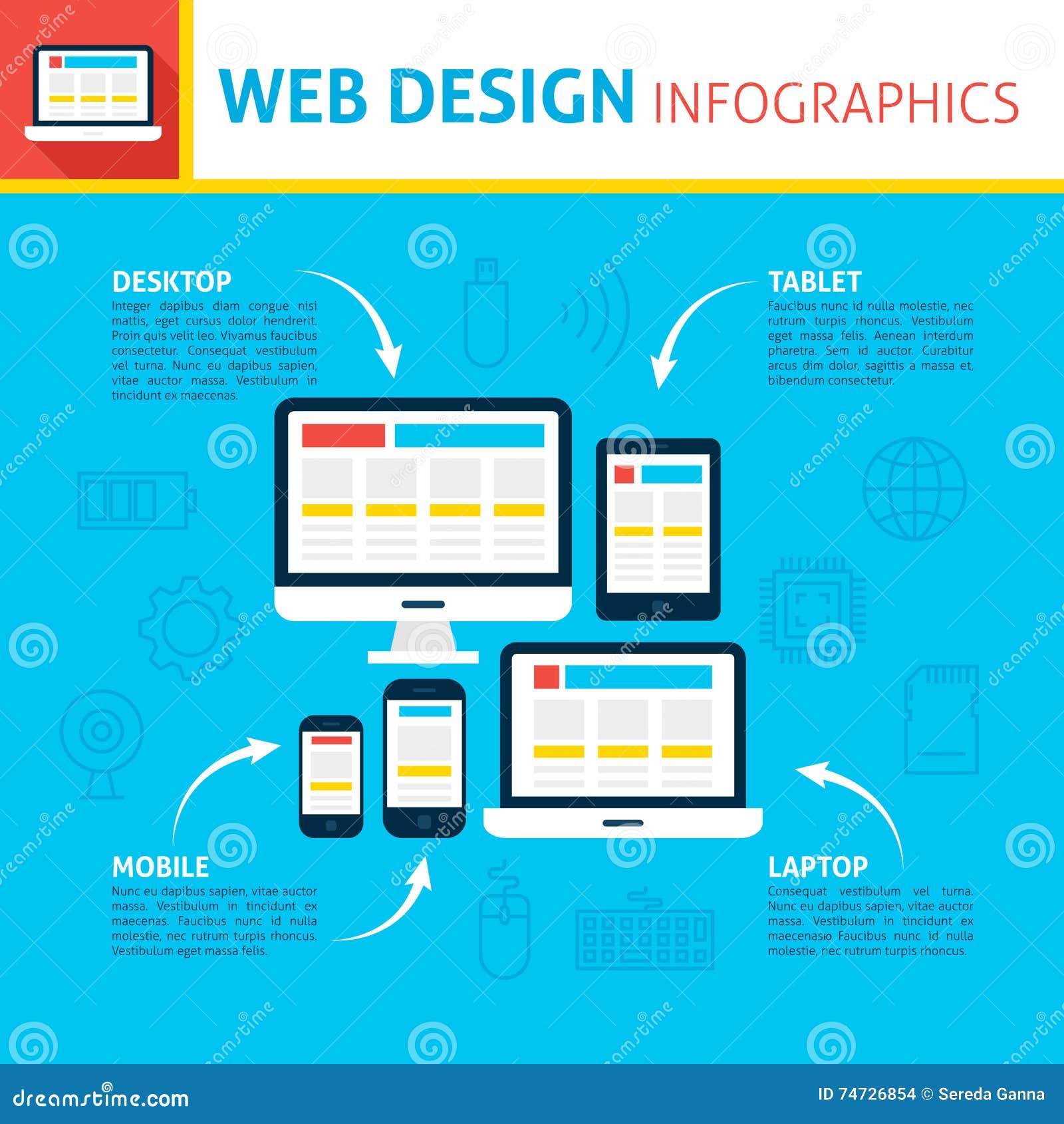Harnessing The Power Of Visual Pecking Order In Site Layout
Harnessing The Power Of Visual Pecking Order In Site Layout
Blog Article
Author-Shah McGarry
Think of a site where every element competes for your interest, leaving you really feeling overwhelmed and unsure of where to concentrate.
Now photo a website where each component is thoroughly arranged, guiding your eyes effortlessly with the page, providing a smooth customer experience.
simply click the up coming internet site on the power of aesthetic hierarchy in internet site style. By purposefully organizing and prioritizing elements on a webpage, developers can develop a clear and user-friendly path for individuals to follow, ultimately boosting involvement and driving conversions.
However just how exactly can you harness this power? Join https://onlinemarketingspecialist72615.blogdal.com/30668223/enhancing-your-website-for-mobile-phones-to-improve-its-ranking as we explore the principles and techniques behind efficient visual power structure, and discover how you can elevate your web site layout to brand-new elevations.
Recognizing Visual Power Structure in Website Design
To successfully convey details and overview users through an internet site, it's crucial to recognize the concept of visual pecking order in website design.
Aesthetic hierarchy refers to the arrangement and company of aspects on a web page to highlight their significance and produce a clear and user-friendly user experience. By establishing a clear aesthetic pecking order, you can direct customers' attention to one of the most vital details or actions on the page, boosting usability and involvement.
This can be attained via different design strategies, including the strategic use size, color, contrast, and positioning of aspects. For example, larger and bolder components generally attract more focus, while contrasting shades can produce aesthetic contrast and draw emphasis.
Principles for Reliable Aesthetic Hierarchy
Understanding the principles for reliable aesthetic hierarchy is essential in creating an user-friendly and interesting web site layout. By complying with these concepts, you can make certain that your website properly communicates info to users and guides their attention to the most crucial components.
One concept is to utilize dimension and range to develop a clear aesthetic pecking order. By making crucial components bigger and a lot more prominent, you can accentuate them and overview users through the material.
An additional concept is to use contrast effectively. By using contrasting shades, font styles, and forms, you can produce aesthetic differentiation and emphasize vital details.
Additionally, the principle of closeness recommends that associated aspects must be grouped together to aesthetically attach them and make the internet site much more organized and simple to browse.
Implementing Visual Power Structure in Site Layout
To implement visual hierarchy in web site layout, prioritize essential components by adjusting their size, shade, and position on the page.
By making key elements larger and extra popular, they'll normally draw the individual's interest.
Use contrasting colors to create aesthetic comparison and stress important info. For instance, you can utilize a strong or vibrant color for headlines or call-to-action buttons.
Furthermore, think about the position of each aspect on the web page. Location essential aspects at the top or in the center, as individuals often tend to focus on these locations first.
Final thought
So, there you have it. Visual hierarchy resembles the conductor of a symphony, guiding your eyes via the web site design with finesse and panache.
It's the secret sauce that makes a website pop and sizzle. Without it, your design is just a jumbled mess of arbitrary elements.
However with visual power structure, you can develop a masterpiece that gets hold of interest, communicates successfully, and leaves an enduring perception.
So leave, my friend, and harness the power of visual hierarchy in your web site layout. Your target market will thank you.
